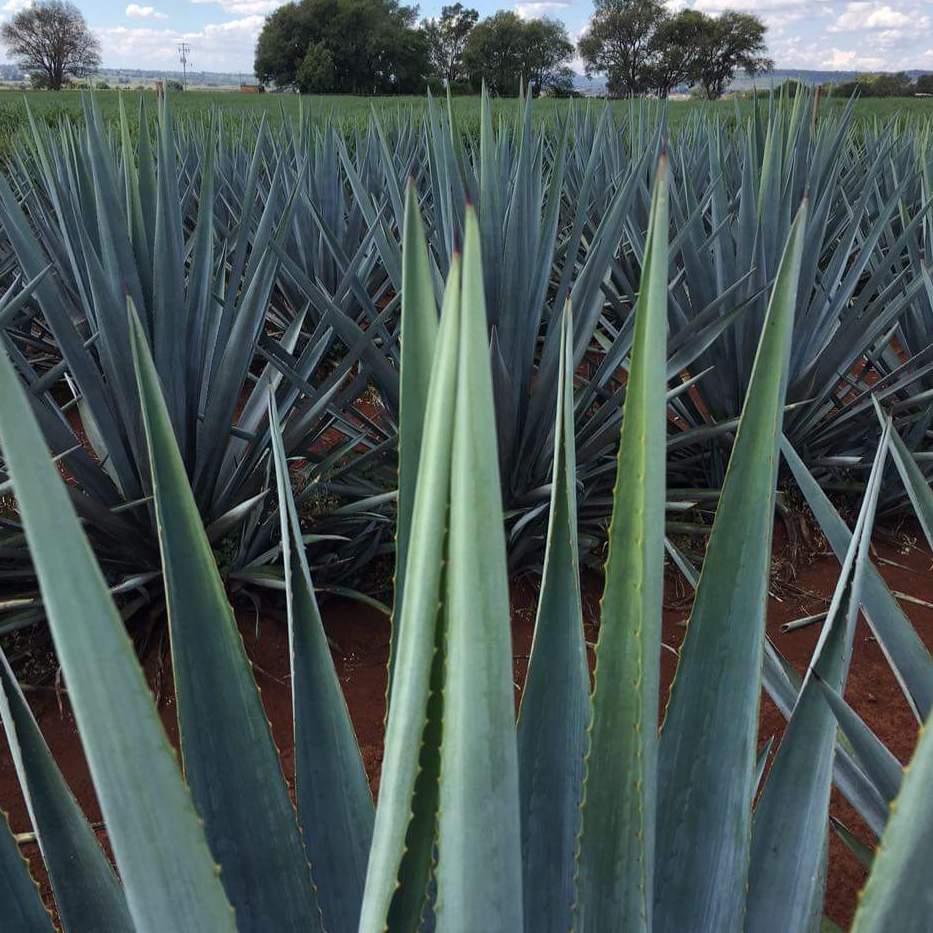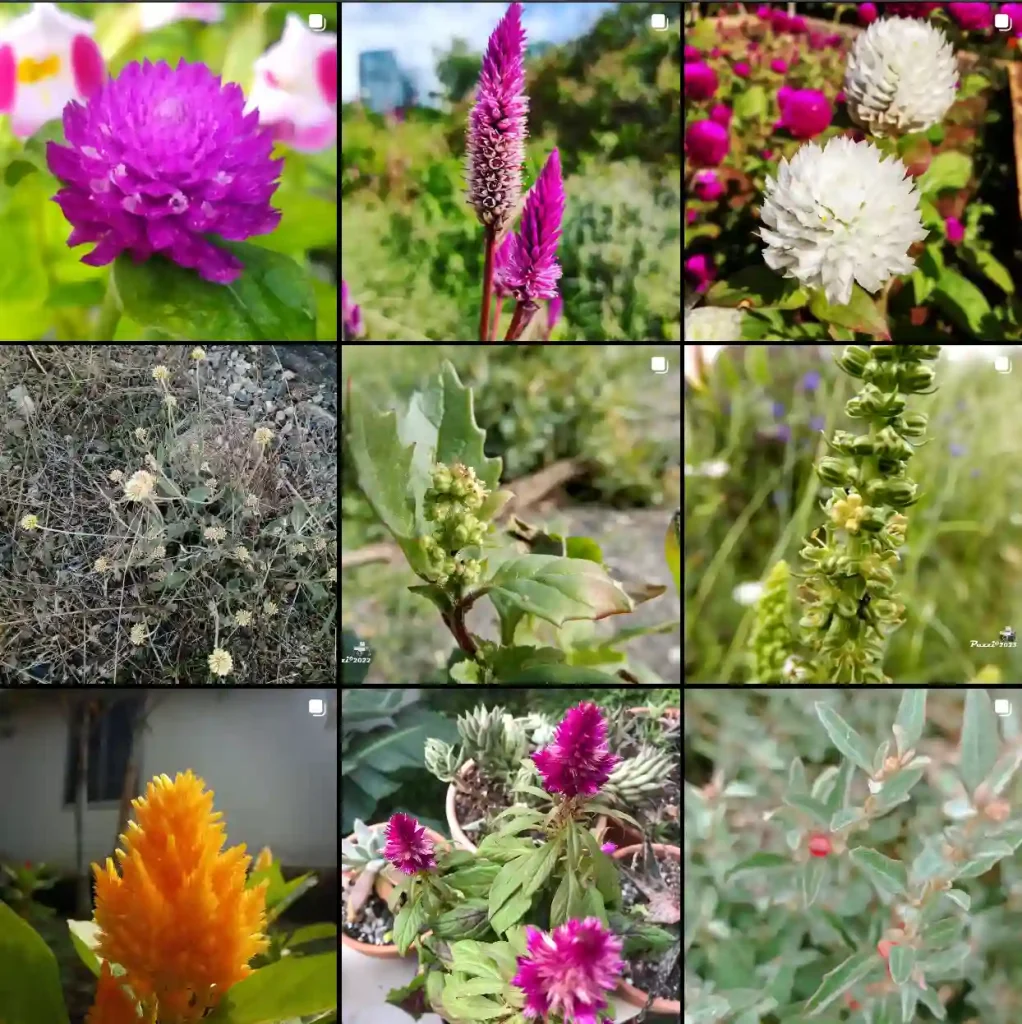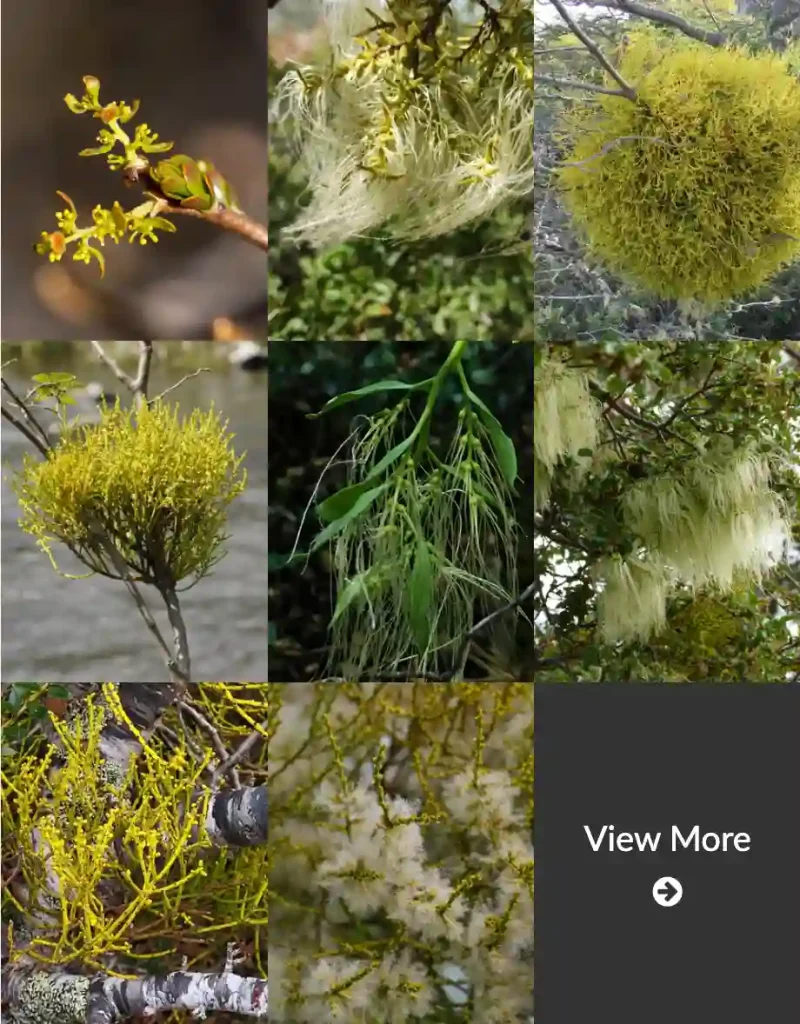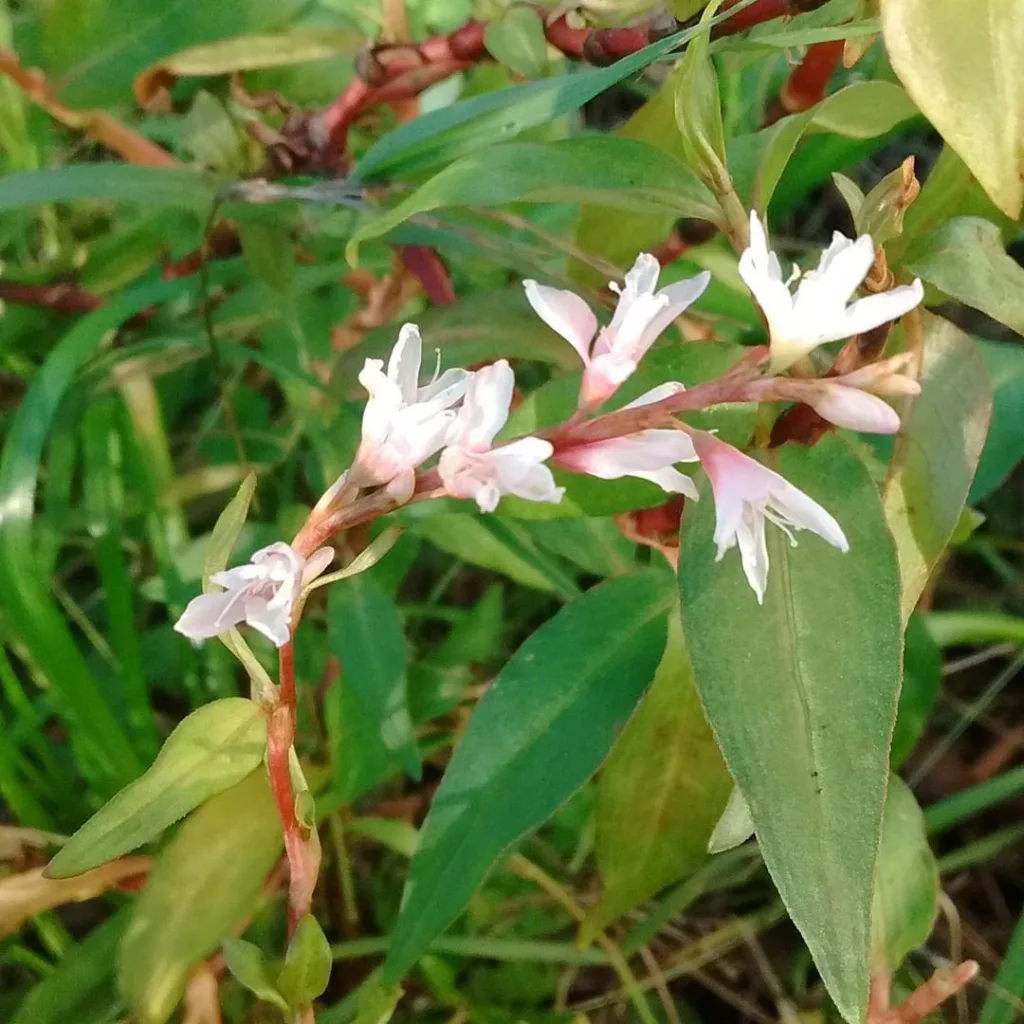All About Plantago Rugelii: The Blackseed Plantain in My Garden
I spend a lot of time in my garden. It’s my escape, my creative outlet, and a constant source of learning. One plant that’s particularly caught my eye recently is Plantago Rugelii, also known as Blackseed Plantain. It’s a common sight in North America, but there’s more to this unassuming plant than meets the eye.
In this FAQ, I’ll answer some of the most common questions about Plantago Rugelii, including its identification, growth habits, and potential uses. I’ll also compare it to its close relative, the Common Plantain (Plantago major), to help you tell them apart.
246 Species in Genus Plantago
What is Plantago Rugelii?
Plantago Rugelii is a perennial herb native to eastern Canada and the central and eastern United States. It belongs to the Plantaginaceae family, which also includes plantains and psyllium. Blackseed Plantain is known for its broad, basal leaves forming a rosette and inconspicuous white flowers borne on slender stalks.
How can I identify Plantago Rugelii in my garden?
Here are some key features to look for:
- Leaves: Broad, oval leaves with smooth edges. They grow in a basal rosette, reaching up to 14 inches long including the stalk. The key giveaway is a reddish tinge on the petioles (leaf stalks) where they meet the stem.
- Flowers: Small, whitish flowers clustered on a stalk called a scape. These flowers are not particularly showy but play a crucial role in seed production.
- Fruit: A small capsule that splits open when mature, releasing tiny black seeds. This characteristic gives the plant its common name, Blackseed Plantain.
Is Plantago Rugelii a weed?
Plantago Rugelii can be a persistent weed, especially in compacted soils like those found along paths and driveways. Its broad leaves can smother other desirable plants. However, it also has some redeeming qualities:
- Wildlife food source: The seeds are a valuable food source for birds like cardinals and sparrows.
- Pollinator friendly: The small flowers attract pollinators like bees and butterflies.
What’s the difference between Plantago Rugelii and Plantago major (Common Plantain)?
These two plantains are very similar, but here are some key differences:
- Leaf color: Plantago Rugelii has lighter green leaves compared to the darker, waxy leaves of Plantago major.
- Petioles: Blackseed Plantain has reddish petioles, while the Common Plantain’s petioles are green.
- Flowers: The flower stalks of Plantago Rugelii are typically shorter than those of Plantago major.
Does Plantago Rugelii have any uses?
Some cultures have traditionally used Plantago Rugelii for medicinal purposes, although research is limited. The leaves are said to have anti-inflammatory and wound-healing properties. However, it’s important to consult a healthcare professional before using any plant for medicinal purposes.
Can I grow Plantago Rugelii in my garden?
Plantago Rugelii is a relatively easy plant to grow. Here’s what you need to know:
- Light: Prefers full sun to partial shade.
- Soil: Adapts to a variety of soil types but thrives in well-drained soil.
- Watering: Needs moderate watering, allowing the soil to dry slightly between waterings.
- Propagation: Spreads easily by seed. You can collect mature seed capsules and scatter the seeds in your garden in the fall or early spring.
Final Thoughts on Plantago Rugelii
Plantago Rugelii may not be the flashiest plant in the garden, but it adds a touch of natural beauty and provides valuable ecological benefits. Whether you see it as a weed or a welcome addition depends on your perspective. By understanding its characteristics and potential uses, you can make an informed decision about its place in your garden.
If i die, water my plants!



